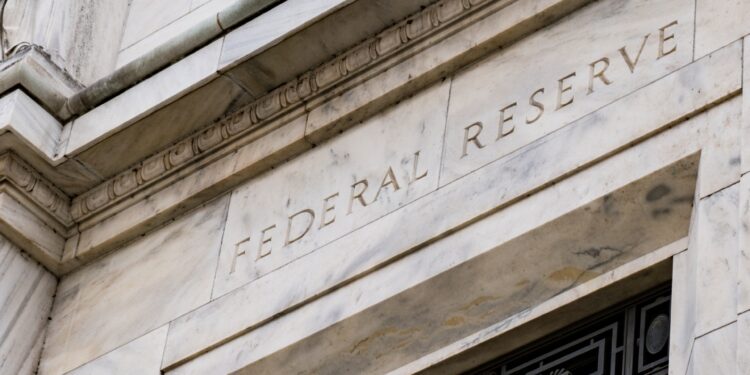20/4/2025–|Last update: 20/4/202504:12 PM (Mecca time)
The Wall Street Journal published an analytical report prepared by journalists Danny Douirti and Adrian Tong, in which he addressed the escalation of criticism of US President Donald Trump to the President of the Federal Reserve Jerome Powell, against the backdrop of his recent statements in which he warned that customs duties may complicate the central bank’s ability to direct the economy.
The newspaper stated that Trump’s intention to dismiss Powell is still unclear, but confirmed that the mere dismissal of the council’s president does not guarantee the president to control the policies of the federal reserve, due to his complex institutional structure distributed between a central rulers council in the capital and 12 regional banks distributed throughout the United States.
Federal system composition
The Federal Reserve Council consists of 7 members, including the president, all appointed by the President of the United States and approved by the Senate for overlapping periods, ensuring a kind of independence and continuity in decisions.
But the authority is not concentrated in this council alone, according to what Wall Street Journal explained, the federal system also includes 12 regional banks that do not follow the government directly, but rather commercial banks within its geographical scope. Despite this special nature, it has a vital role in identifying monetary policy through its membership in the Federal Committee for the Open Market (FMC).
Who determines policies?
The report states that the Federal Open Market Committee is the party that makes decisive decisions on monetary policies in the United States, consisting of 7 members of the Referees Council, as well as the President of the Federal Reserve in New York, and 4 presidents of regional banks who take turns to vote.
As for the rest of the heads of regional banks, they are permanent members of the committee, participating in discussions and meetings, and presenting economic expectations, without having the right to vote except when their role comes.
Federal interest rate
The most prominent tool is in the hands of the federal reserve is to control the “interest rate on federal funds”, which is used to accelerate or slow economic growth. The amendments are announced at this price after the meetings of the Federal Committee for the Periodic Open Market.
This price determines the cost of borrowing between banks, as well as the benefit that banks get when depositing their reserves with the central bank, which makes it a direct impact on the credit market and the whole economy.
Can Trump impose his hegemony?
Wall Street Journal indicated that Trump’s ambitions in controlling the federal reserve collide with a complex legal and institutional reality, even if it can appoint or isolate some members, monetary policy decisions remain hostage to the collective vote within the federal committee, and are subject to an accurate balance between the center and regional branches, which remains the bank at the location of independence from the executive authority.
At the conclusion of its report, the newspaper confirmed that this decentralized system, although it appears complicated, was intentionally designed to protect the central bank’s policies from short -term political influences and ensuring long -term economic stability, especially in times of tensions such as those witnessed by the American political scene today.



